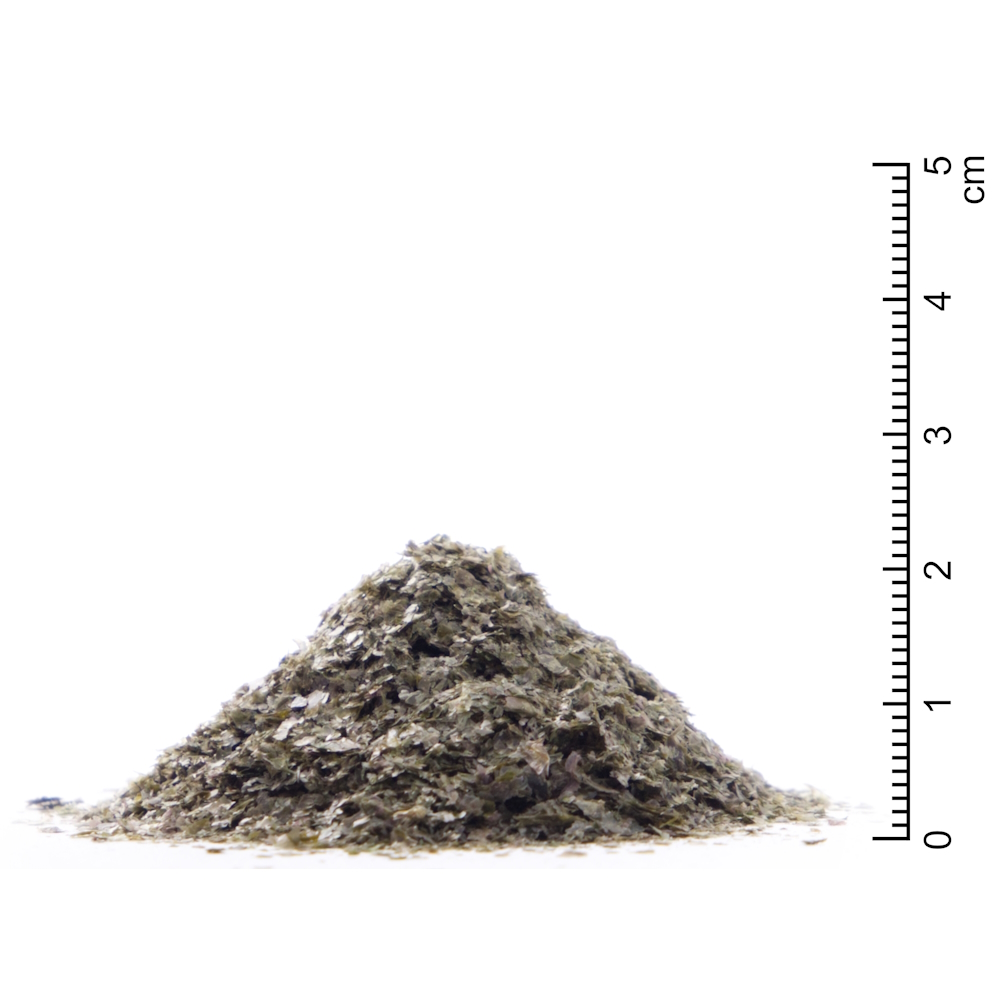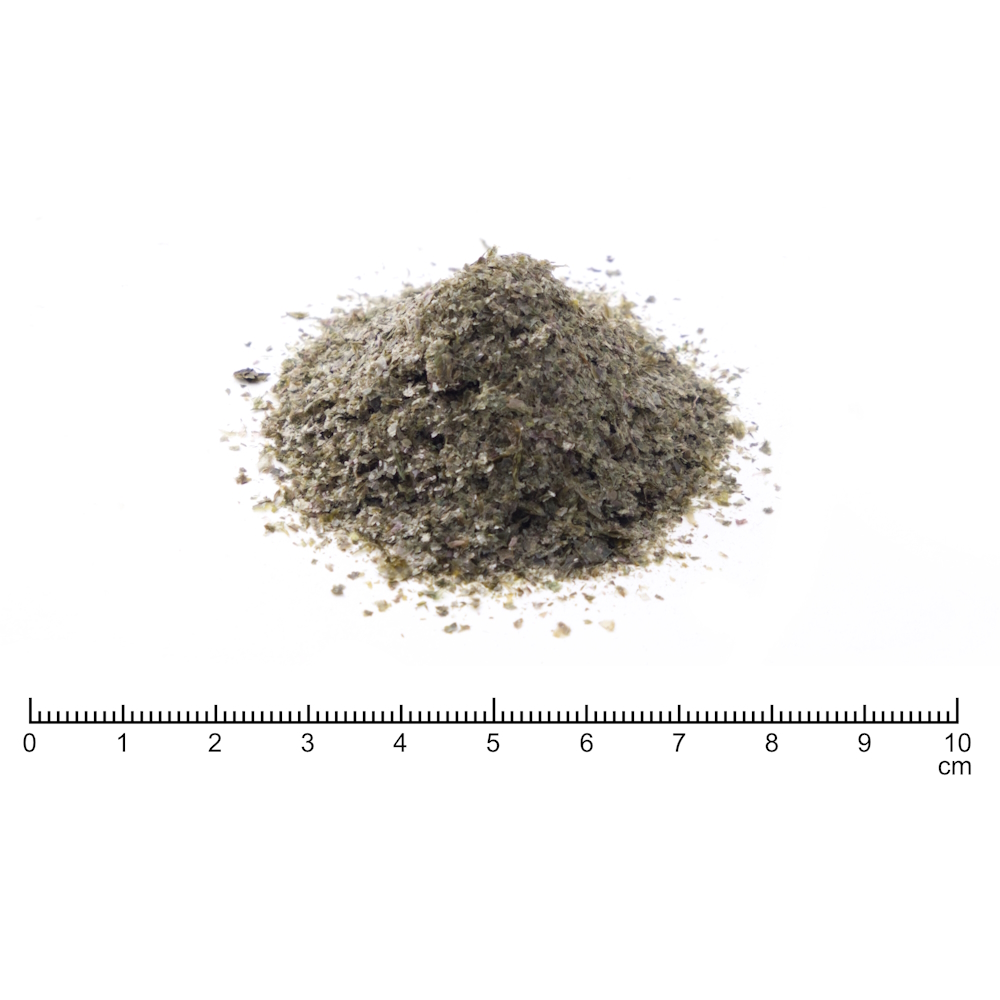Description
seiteninhalt: hier irrelevant, da elementor alle infos aus den CPF zieht






seiteninhalt: hier irrelevant, da elementor alle infos aus den CPF zieht
Weiherstr. 8, 88448
Attenweiler, Germany
Tel.: +49 7343 9223254
Email: info@algros.de
© 2023 Webboptimisterna